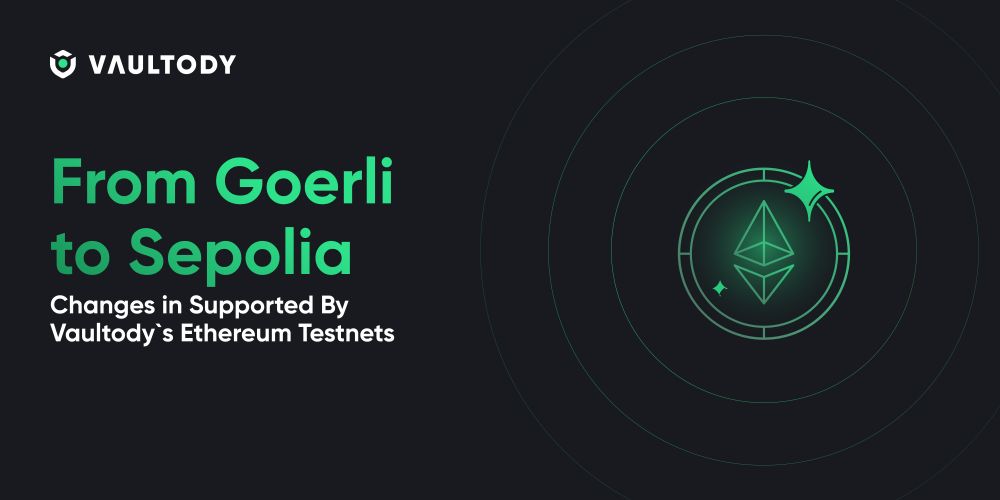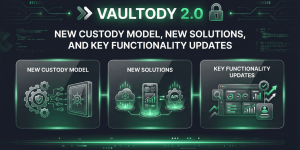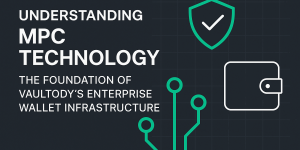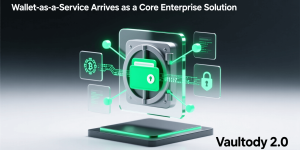From Goerli to Sepolia: Changes in Supported By Vaultody`s Ethereum Testnets

Every blockchain is structured with a mainnet network along with one or more testnet networks. The mainnet serves as a live platform for various activities including smart contract development, decentralized application creation, crypto token generation, and most importantly, it facilitates the real-time transfers, swaps, and payments of supported coins and tokens on the protocol - all digital asset operations that you can perform within your own Vaultody vault.
On the contrary, testnets replicate the live environment of mainnets but are designated for testing purposes, as their name implies. They provide an ideal environment for developers and project creators to experiment with their decentralized applications (dApps) and smart contracts before launching them on the mainnet. Access to test networks is also granted through your Vaultody vault to ensure a better user experience of our products to our clients.
Within the Ethereum ecosystem, the mainnet network of Ethereum is only one, similar to what other blockchains live environments offer. However, in terms of testnets, Ethereum boasts several distinct networks such as Goerli, Sepolia, Rinkeby, and Ropsten. Among these, Goerli and Sepolia stand out as the most commonly utilized, which we will discuss in details below.
What is Goerli Testnet?
The Goerli testnet originated as a hackathon project in Berlin back in 2018, with its official launch occurring in 2019. Since then, it has emerged as the favoured test network within the Ethereum ecosystem. However, there are plans to phase out the Goerli network in April 2024, leading developers to transition their preference towards Sepolia.
Built on the Proof-of-Authority (PoA) consensus algorithm, Goerli was built to offer a stable and efficient testing environment for the development and assessment of decentralized applications (dApps) on the Ethereum blockchain.
Instead of utilizing ETH, Goerli employs a testnet-specific cryptocurrency known as Goerli ETH which is used only for test purposes within the Goerli network. The native cryptocurrency has no real-world value. This enables developers to conduct various tests without any financial risk.
Goerli's architecture provides stability and reliability, aiming to minimize forks and other issues commonly encountered in testing environments. Its decentralized validator network enhances resilience against censorship and various attacks, ensuring a dependable platform for developers migrating from other Ethereum testnets.
What is Sepolia Testnet?
Sepolia was introduced in 2021 as a permissioned Proof-of-Stake (PoS) test network, managed by a closed validator set predominantly overseen by client and testing teams, configured similarly to Proof-of-Authority (PoA).
Much like Goerli, Sepolia offers a cost-free testing environment, ensuring a secure and controlled space for Ethereum-based experiments. It features its own cryptocurrency, Sepolia ETH, accessible through the Sepolia ETH faucet.
In comparison to Goerli, Sepolia boasts several key advantages. Its lightweight nature facilitates swift synchronization and demands less storage commitment. Additionally, it supports cross-client compatibility and provides permissioned access to consensus mechanisms.
Why is Vaultody migrating from Goerli to Sepolia testnet?
Ethereum ecosystem requires constant changes in order to adjust its strategies to the dynamic nature of the crypto and blockchain market. As part of the roadmap and based on proposals submitted to the Ethereum Community, the Goerli network was decided to come to an end and will be deprecated in April 2024, which will completely cease the support for the network.
Once the support comes into force, developers and users who would like to run will have no other choice than switching to another testnet, if they are to build their projects on the Ethereum network.
Therefore, Vaultody`s team is working very hard to complete the full integration with Sepolia testnet in the upcoming days to ensure that our users have access to the network through our solutions.
How will the testnet transition affect Vaultody clients?
If you are wondering how the Goerli deprecation will affect Vaultody`s operation, don`t worry, you are at the right place.
Before we provide more clarity on the Goerli status, it is important to note that testnets are vital components of the MPC solutions that Vaultody provides. They allow our clients to run different tests with test funds, before they go on mainnets, which also allows them to get a feeling of what our product is all about. This is in full force, regardless of whether we talk about the Ethereum mainnet or any other blockchain protocol mainnet that we support.
To be more precise, Vaultody allows the same actions that you can perform on mainnet to be done on testnets. This includes the creation of vaults, generation of deposit addresses, creation of transaction requests, adding webhooks, creating API keys as well as many other actions.
Regarding Goerli, we're currently in the process of fully transitioning to Sepolia. With Goerli's deprecation, we are forced to cease its support, leading to the removal of all assets, addresses, and underlying testnet elements associated with Goerli from our solutions.
It's essential to note that Goerli-related items are solely for testing purposes and hold no real value. As such, there's no risk to any assets in the Ethereum mainnet since they are not linked to the Goerli testnet. This means that none of the actual possessions on the Ethereum network of our clients will remain affected, and you can continue your Vaultody operations as usual.
If you need more information about the Goerli and Sepolia translation, please feel free to get in touch with our team with your inquiry.




 Login
Login







 Copy link
Copy link